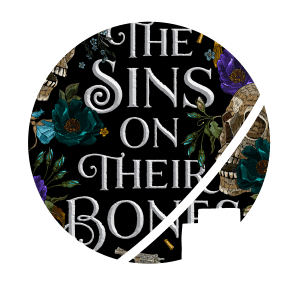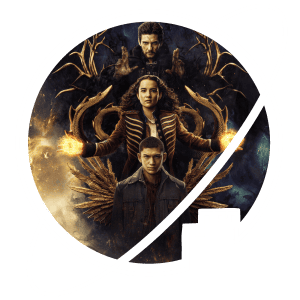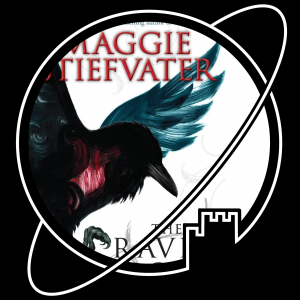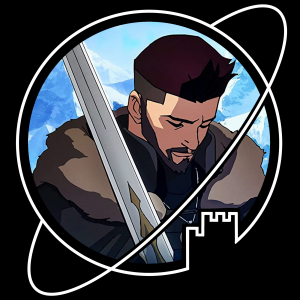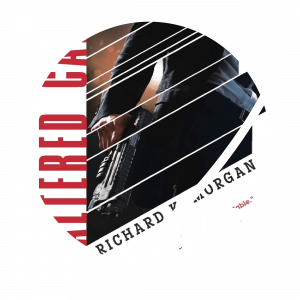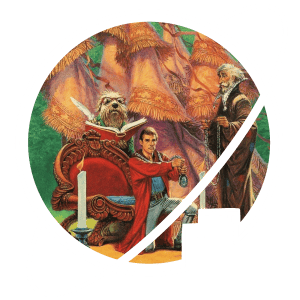- Novel written by Leigh Bardugo
- Published on September 29, 2015
- Part one of the Six of Crows duology


I’ve previously read two books by Leigh Bardugo: Shadow and Bone and Ninth House. I quite enjoyed both books, and I’d hear a lot of good things about Six of Crows. Specifically, I’d heard that Six of Crows was better than Shadow and Bone.
I quite liked Shadow and Bone, but I found the characters to lack a bit of depth, and the pacing was kind of off. However, I really enjoyed the world building of the Grishaverse. Six of Crows features all of the good Grishaverse worldbuilding, with much more interesting characters and better pacing. It’s been a while since I managed to fully focus on a book for an extended period of time, but this one managed to keep me hooked quite well.
Six of Crows is moody urban fantasy, taking place mostly in Ketterdam (fantasy Amsterdam) and partly in Fjerda (fantasy Scandinavia?). I’m personally a big fan of authors who know that they can ground their worldbuilding in existing places that most people already have an idea of, and add their own (fantastical) touches to it. The world Bardugo has built feels incredibly rich and real, without her having to explain every little detail to us. There’s a lot we can fill in based on what we know of these places in real life. A lot of classic fantasy does this, mostly with places like England and Scotland. I enjoyed seeing how well some other locations lend themselves to being turned into places in a fantasy universe. Bardugo also uses her worldbuilding really well. You can clearly tell where her inspirations come from, but it never feels cheap or lazy.
When I watched the show Shadow and Bone, which incorporates caracters from this book as well (though in my opinion not super well), I didn’t particularly care for the crows. There’s plenty of material in the book for a full 8 episode series focused just on this story, so it’s a shame they didn’t get that space. I enjoyed the characters of Six of Crows much more than those in Shadow and Bone, especially Inej and Kaz. I did think it was a little weird that they were all literal teenagers, but that may just be because they’re all definitely over the age of twenty in the Netflix show.
Though I enjoyed the book, I don’t feel particularly moved to buy the sequel. In a way, this is actually a testiment to how well structured the story is. It has an open ending, but not one that leaves you wanting, per se. Or at least, it didn’t leave me wanting to run out to the book store.






